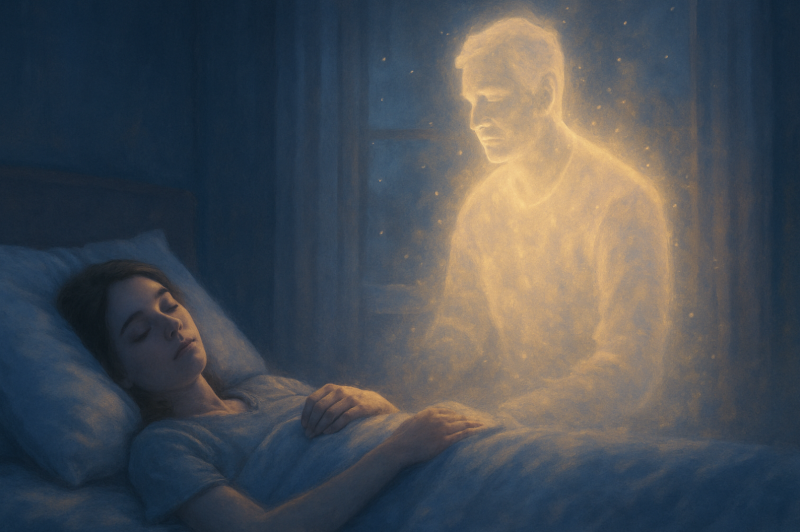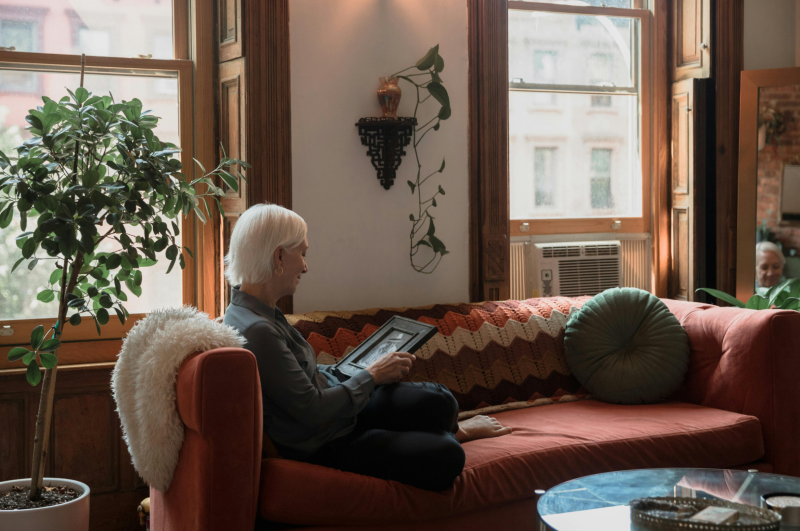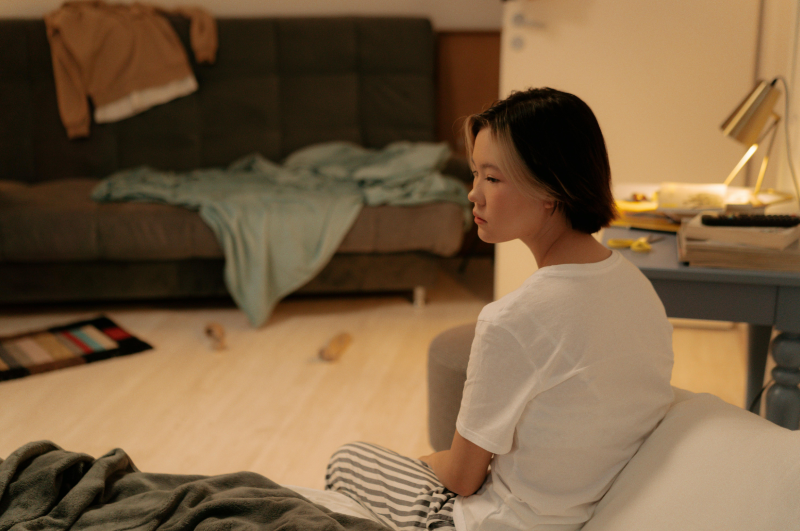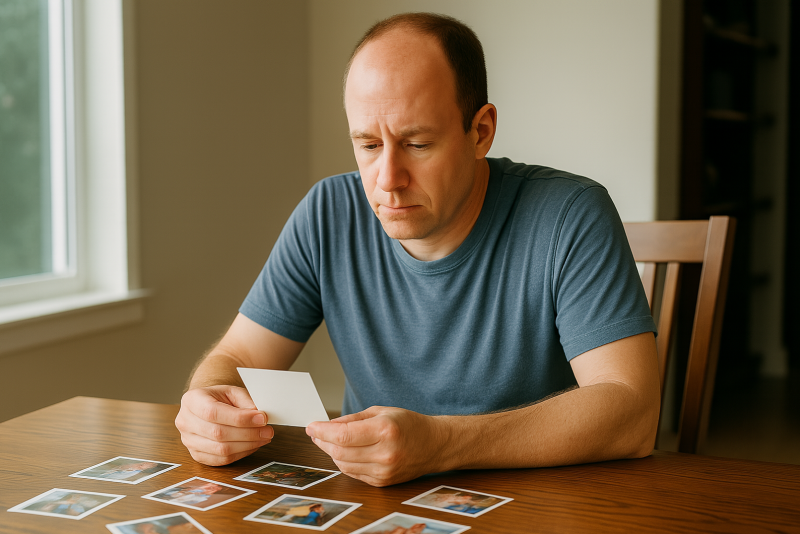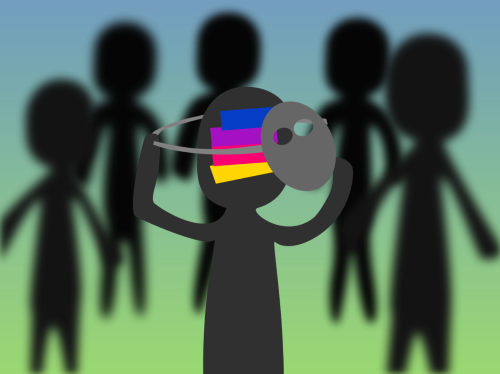
Masking is the hidden effort many neurodivergent people make to fit into a world that doesn’t understand them. Learn what masking is, why it happens, and the toll it takes on mental health.
By Sergio Toledo
Editor-in-Chief, Heed to Heal
Introduction
In a world that often expects sameness, many people feel pressure to hide parts of who they are just to fit in. For neurodivergent individuals — especially those with autism, ADHD, or anxiety — this often takes the form of masking.
Masking is the act of suppressing natural behaviors, mimicking others, or putting on a “social mask” in order to appear more socially acceptable or “normal.” While masking can help people feel safer or more accepted in the moment, over time it can lead to deep exhaustion, identity confusion, and emotional burnout.
So what exactly is masking — and why do so many people feel like they have to do it?
What Does Masking Mean?
In psychology, masking refers to the conscious or unconscious effort to hide one’s authentic self in social situations. This can involve:
- Forcing eye contact
- Imitating tone of voice, body language, or gestures
- Rehearsing conversations in advance
- Hiding stimming behaviors (like fidgeting or rocking)
- Smiling or laughing even when overwhelmed
- Downplaying personal needs or discomfort
While anyone can mask at times — like putting on a polite front at work — chronic masking is most commonly seen in autistic people and those with other neurodivergent traits. It often starts in childhood as a survival strategy, especially if a person has been teased, corrected, or misunderstood for being “different” [1].
Why Do People Mask?
Masking is rarely about deception. It’s often about self-protection, and it usually begins as a way to:
- Avoid bullying or social rejection
- Get through school or work without being targeted
- Meet others’ expectations in unfamiliar or rigid environments
- Stay safe — especially for marginalized people navigating multiple identities
In some cases, people may not even realize they’re masking until years later. It becomes a habit so deeply ingrained that they begin to lose touch with their natural behaviors and emotional needs.
For example, a young autistic girl might learn to quietly copy her peers’ social cues to avoid being teased — even though this takes enormous mental effort. Over time, she may grow up feeling disconnected from who she really is.
Research shows that autistic girls and women are especially likely to mask, often leading to delayed diagnoses and misdiagnoses [2].
What Are the Effects of Chronic Masking?
While masking may “work” on the outside, the inner toll can be heavy. Studies have linked long-term masking to:
- Exhaustion and autistic burnout
- Increased anxiety and depression
- Identity confusion or loss of self
- Difficulty forming authentic relationships
- Emotional shutdowns or meltdowns after social situations [3]
Many neurodivergent adults report that masking feels like living a double life — one version of themselves for the world, and another hidden beneath the surface. Over time, this disconnect can erode mental health and self-worth.
Is It Okay to Mask?
This is a deeply personal question. Some people choose to mask in certain situations for safety or comfort — like at work, in public, or around people who aren’t supportive. Others decide to unmask more fully, choosing to embrace their natural behavior and surround themselves with people who understand.
Unmasking doesn’t mean revealing everything all at once. It can mean:
- Letting yourself stim or fidget without shame
- Speaking honestly, even if it feels different from others
- Saying no to social events when you’re overwhelmed
- Asking for accommodations or communicating needs directly
Ultimately, the goal is not to force anyone to be more “authentic” — it’s to create environments where people don’t have to hide in order to be accepted.
Final Thoughts
Masking is often invisible to the outside world — but for the person doing it, it’s a daily performance that can leave them drained and disconnected.
By learning about masking, we can begin to offer more compassion, flexibility, and safety to those who’ve spent years trying to blend in. We can help create a world where people are free to exist as they are — no performance required.
References
- Hull, L., et al. (2017). “Putting on My Best Normal”: Social Camouflaging in Adults with Autism Spectrum Conditions. Journal of Autism and Developmental Disorders, 47(8), 2519–2534.
- Dean, M., Harwood, R., & Kasari, C. (2017). The Art of Camouflage: Gender Differences in the Social Behaviors of Girls and Boys With Autism Spectrum Disorder. Autism, 21(6), 678–689.
- Raymaker, D. M., et al. (2020). Defining Autistic Burnout. Autism in Adulthood, 2(2), 132–143.
Originally published by Heed to Heal, 06.25.2025, under the terms of a Creative Commons Attribution-NonCommercial-NoDerivatives 4.0 International license.


